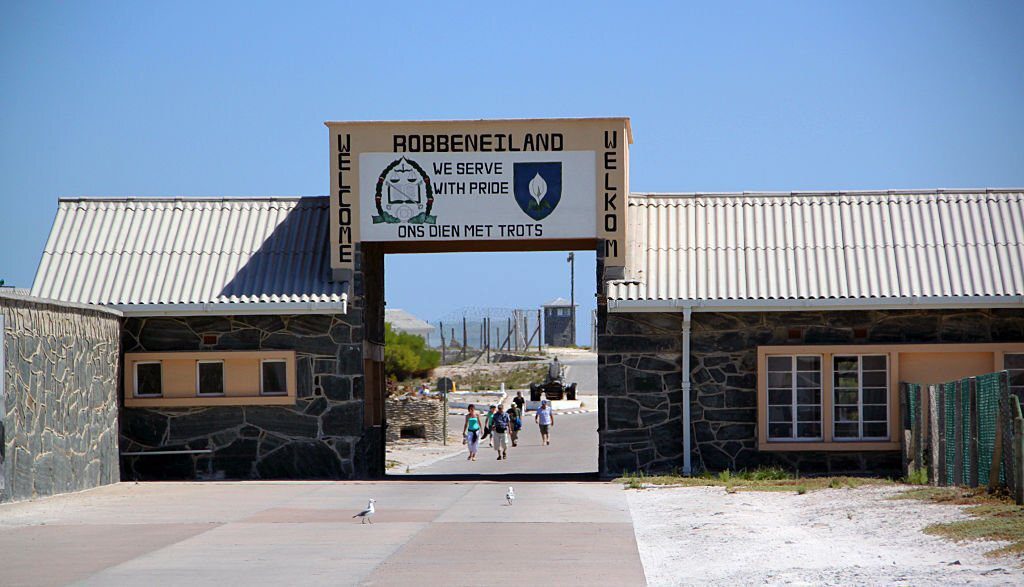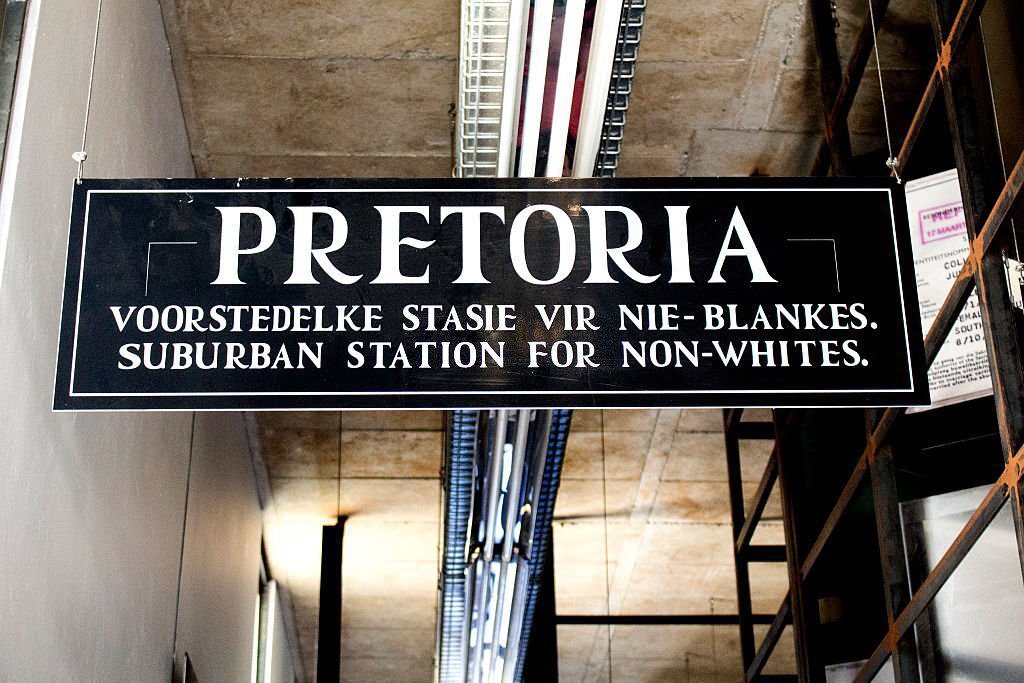South Africa is a country located at the southernmost tip of the African continent. Known for its diversity, natural beauty, and complex history, living in South Africa can be both rewarding and challenging.
One of the most significant aspects of living in South Africa is its cultural diversity. The country has a population of over 59 million people, comprising many different ethnic groups, including the Zulu, Xhosa, Afrikaans, and English-speaking communities. This rich cultural tapestry is reflected in the country’s art, music, and cuisine.
The natural beauty of South Africa is another attraction for those considering living in the country. From the stunning beaches of Cape Town to the rugged mountains of the Drakensberg, South Africa has a wealth of natural landscapes to explore. The country is also home to numerous game reserves and national parks, where visitors can witness some of Africa’s most iconic wildlife in their natural habitats.
Economic Construct of South Africa
The economic makeup of South Africans is diverse and complex, with significant disparities between different groups. The country has a population of approximately 59 million people, and the economy is largely characterized by its reliance on natural resources, agriculture, and manufacturing.
The majority of South Africans work in the services sector, which includes areas such as finance, tourism, and retail. However, there is a significant informal economy, with many people working in informal jobs such as street vending and domestic work.
In terms of income distribution, South Africa has one of the highest levels of income inequality in the world. The country’s Gini coefficient, a measure of income inequality, is around 0.63, with a score of 0 representing perfect equality and 1 representing perfect inequality. This means that a small percentage of the population controls a significant proportion of the country’s wealth, while many people live in poverty.
The unemployment rate in South Africa is also high, with around 33% of the workforce unemployed in 2021. Youth unemployment is particularly high, with around 47% of young people aged 15 to 34 unemployed.
Historical factors, such as the legacy of apartheid, have contributed to these economic disparities. Under apartheid, Black South Africans were excluded from many economic opportunities and forced to live in segregated areas with limited access to education and job opportunities. Although apartheid officially ended in 1994, the effects of this system continue to be felt in the country’s economic makeup.
In recent years, the South African government has taken steps to address these economic disparities through initiatives such as Black Economic Empowerment (BEE) and affirmative action policies. These programs aim to promote economic participation and ownership among previously disadvantaged groups, such as Black South Africans and women.

Crime Struggle of South Africans
However, living in South Africa can also be challenging. The country has a high crime rate, and violent crime, in particular, is a significant concern. It is essential to take precautions and be aware of your surroundings at all times. It is also advisable to avoid walking alone in isolated areas or after dark.
Another challenge facing those living in South Africa is the issue of economic inequality. While the country has made significant progress in reducing poverty and improving living standards, the gap between rich and poor remains significant. Many South Africans continue to struggle with unemployment, inadequate housing, and limited access to healthcare and education.
Despite these challenges, many expats and South Africans choose to live in the country for its vibrant culture and natural beauty. The cost of living in South Africa is relatively low compared to other countries, and there are many opportunities to experience unique cultural events and activities.
For those considering relocating to South Africa, it is essential to research the country thoroughly and be aware of the challenges you may face. It is also advisable to consult with a reputable immigration consultant or relocation specialist to assist with the visa process and provide guidance on housing and other essential considerations.
Key Cultural Tourist Locations to Visit in South Africa
South Africa is a culturally rich and diverse country with many locations that showcase its heritage and traditions. Here are some of the main cultural locations in South Africa:
- Robben Island: Located off the coast of Cape Town, Robben Island is a UNESCO World Heritage site that served as a prison for political prisoners, including Nelson Mandela, during apartheid. Today, it is a museum and a symbol of the struggle against apartheid.
- The Apartheid Museum: Located in Johannesburg, the Apartheid Museum documents the history of apartheid and its impact on South Africa. The museum includes interactive exhibits and displays that provide insight into the country’s past and present.
- The Cradle of Humankind: Located northwest of Johannesburg, the Cradle of Humankind is a UNESCO World Heritage site that contains some of the world’s oldest and most significant hominid fossils. It is an important location for the study of human evolution.
- The Nelson Mandela Capture Site: Located in KwaZulu-Natal, the Nelson Mandela Capture Site is where Nelson Mandela was arrested in 1962. The site includes a museum and a sculpture of Mandela made from steel bars that creates a portrait of him when viewed from a certain angle.
- The Hector Pieterson Museum: Located in Soweto, the Hector Pieterson Museum documents the events surrounding the Soweto Uprising in 1976, when schoolchildren protested against apartheid and many were killed by police. The museum is named after Hector Pieterson, one of the children who was killed during the uprising.
- The District Six Museum: Located in Cape Town, the District Six Museum documents the forced removals of Black South Africans from the District Six neighborhood during apartheid. The museum includes exhibits and oral histories from former residents of the area.
- The KwaZulu-Natal Battlefields: Located in KwaZulu-Natal, the Battlefields are a series of sites where significant battles took place during the Anglo-Zulu War and the Anglo-Boer War. They are an important location for the study of South African history.
These are just a few of the many cultural locations in South Africa that showcase the country’s rich and complex history. From museums and historical sites to natural landmarks and cultural festivals, there is much to explore and discover in this diverse country.

Places to Visit in South Africa
South Africa is a popular tourist destination with a wide range of activities and attractions to suit every interest. Here are some of the top things a tourist can do in South Africa:
- Go on safari: South Africa is home to several world-renowned game reserves and national parks, where visitors can see the Big Five (lion, elephant, buffalo, leopard, and rhinoceros) and other wildlife in their natural habitats. Some of the most popular reserves include Kruger National Park, Addo Elephant National Park, and the Sabi Sands Game Reserve.
- Visit Cape Town: Cape Town is one of the most beautiful cities in the world, with stunning beaches, mountains, and a vibrant cultural scene. Visitors can take a cable car to the top of Table Mountain for panoramic views of the city, visit the historic Robben Island, and explore the colorful neighborhoods of Bokaap and Woodstock.
- Explore the Winelands: South Africa is home to some of the world’s best wines, and the Winelands region around Cape Town is a must-visit for wine lovers. Visitors can tour vineyards, taste world-class wines, and enjoy the picturesque scenery.
- Experience South African cuisine: South African cuisine is a delicious fusion of African, European, and Asian influences. Visitors can try local specialties like biltong (dried meat), boerewors (sausage), and bobotie (a spicy meat dish), and sample wines from the country’s many vineyards.
- Go whale watching: South Africa’s coastline is a popular destination for whale watching, especially between June and November when southern right whales migrate to the warmer waters off the coast. Visitors can take whale watching tours from several coastal towns, including Hermanus, Knysna, and Plettenberg Bay.
- Visit historical and cultural sites: South Africa has a rich and complex history, and visitors can learn about it by visiting sites like the Apartheid Museum, the District Six Museum, and the Nelson Mandela Capture Site. They can also experience traditional Zulu, Xhosa, and other African cultures by visiting villages and attending festivals.
- Enjoy outdoor activities: South Africa has a wide range of outdoor activities, including hiking, surfing, mountain biking, and bungee jumping. Visitors can explore the Drakensberg Mountains, go on a scenic drive along the Garden Route, or hike to the top of iconic landmarks like Lion’s Head and Table Mountain.
History of Apartheid in South Africa
Apartheid was a system of racial segregation and discrimination that was enforced in South Africa from 1948 until the early 1990s. The term “apartheid” comes from the Afrikaans word for “apartness”, and the system was designed to separate the country’s different racial groups and give preferential treatment to the white minority.
Under apartheid, the white minority government passed a series of laws that restricted the movements and opportunities of the black majority. These laws included the Group Areas Act, which forced black people to live in designated areas and prevented them from living in the same areas as white people. The Bantu Education Act ensured that black children received a lower standard of education than white children, and the Population Registration Act classified people into racial categories, determining where they could live, work, and travel.
Apartheid also resulted in the forced removal of millions of black South Africans from their homes and the destruction of their communities. Black people were forced to move to designated “homelands” or “Bantustans” that were often located in remote areas with little access to resources or economic opportunities.
The apartheid system was met with resistance from various groups, including the African National Congress (ANC), which was formed in 1912 to fight for the rights of black South Africans. The ANC and other anti-apartheid organizations engaged in protests, boycotts, and other forms of civil disobedience to challenge the system.
The apartheid system began to crumble in the 1980s due to international pressure, economic sanctions, and growing internal resistance. In 1990, then-President F.W. de Klerk lifted the ban on the ANC and other anti-apartheid organizations, and released Nelson Mandela from prison after 27 years. Mandela went on to become South Africa’s first black president in 1994, following the country’s first democratic elections.

Today, South Africa continues to grapple with the legacy of apartheid, as the effects of the system are still evident in the country’s social, economic, and political landscape. However, the end of apartheid marked a new era of hope and progress for South Africa, as the country began the long process of building a more equitable and inclusive society for all its citizens. Further information can be access by visiting the apartheid museum.
In conclusion, South Africa is a country with a diverse population and a rich cultural heritage, but it has also faced significant challenges due to its history of apartheid. Despite these challenges, South Africa has made great strides in recent decades towards building a more equitable and inclusive society, and there are many attractions and activities for tourists to enjoy. From experiencing South African cuisine to going on safari and visiting historical and cultural sites, there is something for everyone to enjoy in this fascinating and complex country.
